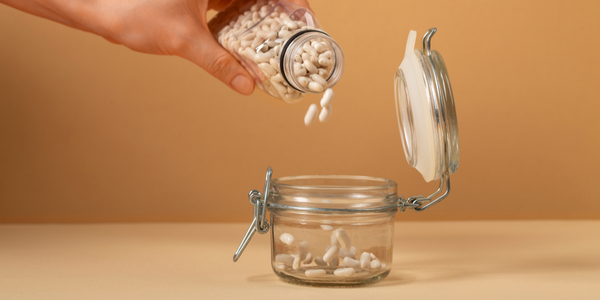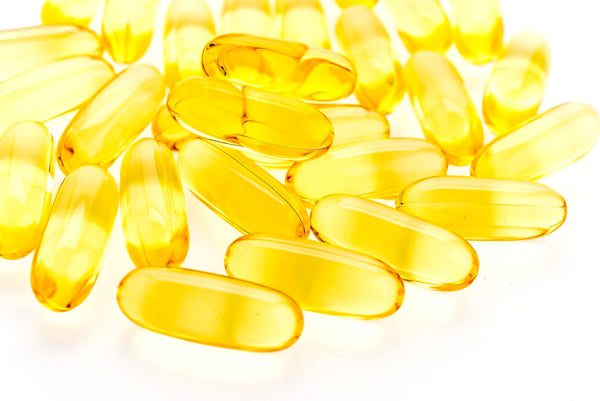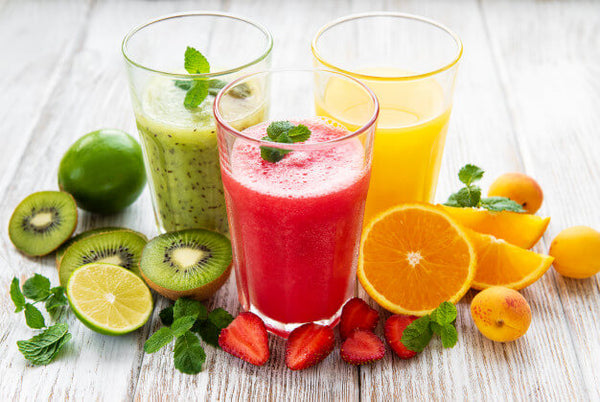The kadha has always been the default feel-good remedy for every grandma. This mysterious sharp and often pungent brew was seen as the cure-all for every ailment, from coughs, and colds to fever. Lovingly made, it is usually based on a recipe passed down through generations. In fact, many of us may have our own kadha recipe which we have perfected over time and experience.
The kadha can trace its origins to the traditional practices of Ayurveda. AYUSH, the Ministry of Ayurveda, Yoga and Naturopathy, Unani, Siddha and Homeopathy, recommends it for boosting immunity. The ministry website advises one to drink the kadha twice a day with a list of ingredients that are common to almost every kadha. A 2020 study, published in Journal of biomolecular structure & dynamics, even found it effective in reducing the risk of and treating COVID 19.
Common Ingredients Used in a Kadha Recipe
While there may be some twists in every recipe, most decoctions follow some common ingredients. Most of these ingredients are easily found in almost every Indian kitchen.
Tulsi

With its holy status, tulsi has always been revered in Hindu traditions. But its importance as a medicinal herb is considered just as critical in Ayurvedic and Siddha medicine. Modern science has now backed up these benefits. A 2017 review of 24 studies revealed that tulsi showed therapeutic effect against a host of metabolic and chronic conditions. It’s effect in enhancing the body’s immune response was supported by five studies. Tulsi leaves were found effective in almost all formulations, whether taken as ethanolic extract, aqueous extract, or in dried form.
Black pepper

This pungent spice, once a treasured import from India, is not just revered for the extra kick it provides to food. It is also recommended for its many health benefits, specifically in improving immunity. Its immune-boosting properties come from piperine, the major compound in this spice. Clinical studies have shown that it is rich in antioxidants, and is extremely effective in improving immunity. Interestingly, it also works in enhancing our next ingredient, turmeric.
Turmeric

An essential part of the Indian cuisine, turmeric is well known for its healing properties. It contains a powerful compound known as curcumin, which is mainly responsible for its benefits for human health. Curcumin has antioxidant and anti-inflammatory properties that help in protecting the body against inflammations and even cancers. Interestingly, pepper, another common ingredient in a kadha, enhances the bioavailability of turmeric, increasing its efficacy.
Dry Ginger

Another common ingredient in our food, dry ginger also packs a very effective dose of immune-enhancing properties. A 2019 review published in the journal Foods, attributed phenolic compounds found in ginger, such as gingerol and shogaols, for its powerful potential in protecting our health. Among its many biological activities, ginger is antioxidant, antimicrobial, anti-inflammatory, neuroprotective, and antinausea.
Echinacea

Although not as common in the form of food, echinacea has always been preferred for its medicinal properties. In North America, it is often used for colds and during the flu season to boost immunity. In fact, it is even used as an alternative medicine by cancer patients for its immune-boosting potential. The leaves, flowers and roots are all used for their medicinal properties. It activates the body's immune system and decreases inflammation.
Coriander

Popular as a flavoring agent, coriander is used in many folk medicines for treating disorders. It contains many bioactive compounds with antioxidant, antimicrobial, neuroprotective and anti-inflammatory properties. Apart from the leaves and seeds of the plant, the essential oil of the seeds is also quite popular. As part of different folk remedies, it is used to treat a whole host of ailments, most commonly for digestive disorders. According to some, it is also beneficial in treating anxiety, loss of appetite, and insomnia.
When to drink the kadha?
The kadha recipe is similar to herbal tea. But unlike most teas, it is not recommended in the morning, especially on an empty stomach. You can take it mid-morning, in the evening, or at night. It should be taken hot. For the sake of convenience, you can also prepare the kadha in the morning and sip it throughout the day. You can sweeten it with honey or jaggery.
This miraculous kadha recipe is also now available in conveniently-packaged effervescent tablets with Wellbeing Nutrition. Each tablet contains echinacea, coriander, mulethi, kulinjan, tulsi, black pepper, turmeric, amla, adulsa, dry ginger, bharangi, shankapushpi, and kalmegh. All you have to do is drop one tablet of our Grandma’s Kadha in a cup of hot water and your immunity-boosting brew is ready.
References
● Ministry of Ayush official website, https://www.ayush.gov.in/
● Evaluation of traditional ayurvedic Kadha for prevention and management of the novel Coronavirus (SARS-CoV-2) using in silico approach, Dharmendra Kumar Mauryaa, and Deepak Sharmaa, Journal of Biomolecular Structure and Dynamics, 2020, doi: 10.1080/07391102.2020.1852119, (https://www.ncbi.nlm.nih.gov/pmc/articles/PMC7754934/)
● The Clinical Efficacy and Safety of Tulsi in Humans: A Systematic Review of the Literature, Negar Jamshidi and Marc M. Cohen, Evidence-based Complementary and Alternative Medicine, doi: 10.1155/2017/9217567, (https://www.ncbi.nlm.nih.gov/pmc/articles/PMC5376420/)
● Piperine-A Major Principle of Black Pepper: A Review of Its Bioactivity and Studies,Zorica Stojanovi´c-Radi, Milica Pej, Marina Dimitrijevi, Ana Aleksi, Nanjangud V. Anil Kumar, Bahare Salehi, William C. Cho, and Javad Sharifi-Rad, Applied Sciences, (applsci-09-04270.pdf)
● Using Black Pepper to Enhance the Anti-Inflammatory effects of Turmeric, Barbara Olendzkijennifer Chaiken, (https://www.umassmed.edu/nutrition/blog/blog-posts/2019/6/using-black-pepper-to-enhance-the-anti-inflammatory-effects-of-turmeric/)
● Bioactive Compounds and Bioactivities of Ginger (Zingiber officinale Roscoe), Qian-Qian Mao, Xiao-Yu Xu, Shi-Yu Cao, Ren-You Gan, Harold Corke, Trust Beta, and Hua-Bin Li, Foods Journal, 2019, doi: 10.3390/foods8060185, (https://www.ncbi.nlm.nih.gov/pmc/articles/PMC6616534/)
● Cancer Research UK, Echinacea, (https://www.cancerresearchuk.org/about-cancer/cancer-in-general/treatment/complementary-alternative-therapies/individual-therapies/echinacea)
● Coriander (Coriandrum sativum L.): A Potential Source of High-Value Components for Functional Foods and Nutraceuticals - A Review, Najla Gooda Sahib, Farooq Anwar, Anwar-ul Hassan Gilani, Azizah Abdul Hamid, Phytotherapy Research, DOI:10.1002/ptr.4897, (https://www.researchgate.net/publication/234029175)



























 DOWNLOAD NOW
DOWNLOAD NOW
